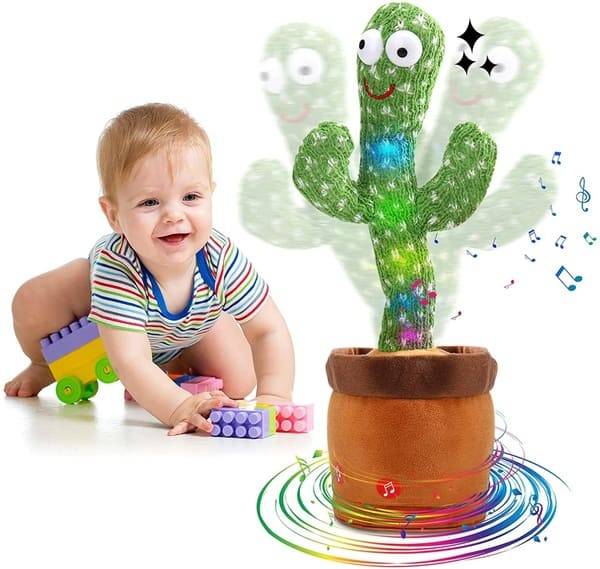Embracing the Cactus Toy: A Quirky Addition to Modern Play
In the realm of toys, where imagination blooms boundlessly, one peculiar plant-themed delight has sprouted to capture the hearts of both young and old: the cactus toy. This prickly plaything, inspired by the resilient desert succulent, has carved out a dancing cactus toy niche in the toy industry, offering a whimsical alternative to traditional plushies and action figures.
The Appeal of the Cactus Toy
What makes the cactus toy so appealing? Perhaps it’s the novelty of its design – a soft, plush exterior mimicking the iconic spines of a real cactus, yet gentle to the touch. These toys come in a variety of shapes and sizes, from tiny keychain companions to oversized floor cushions, each offering a unique blend of charm and comfort.
Moreover, the cactus toy taps into a broader cultural fascination with nature and sustainability. As urban living becomes increasingly dominant, there’s a growing yearning for connections to the natural world. The cactus, with its ability to thrive in harsh environments, symbolizes resilience and adaptability – qualities many find endearing in a companion toy.
Versatility in Play
Beyond its aesthetic appeal, the cactus toy boasts versatility in play. For children, it can serve as a cuddly friend during bedtime or a whimsical addition to imaginative adventures. Its textured surface provides tactile stimulation, encouraging sensory exploration and tactile development.
Adults, too, have found joy in cactus toys. They make for quirky décor accents in minimalist interiors or thoughtful gifts that evoke smiles and conversations. Some use them as stress-relievers, squeezing the plush form to ease tension, while others simply enjoy their presence as a reminder to stay resilient in the face of challenges.
Cactus Toys: A Growing Trend
The popularity of cactus toys continues to grow, spurred on by social media trends and the desire for unique, Instagram-worthy items. Artists and designers have embraced the cactus theme, creating custom variations that range from realistic to whimsical, ensuring there’s a cactus toy to suit every taste.
Furthermore, the eco-conscious consumer appreciates that many cactus toys are made from sustainable materials, reflecting a commitment to reducing environmental impact. Manufacturers prioritize using recycled fabrics and non-toxic dyes, aligning with broader movements toward ethical consumerism.
In Conclusion
In a world where toys often reflect cultural trends and environmental concerns, the cactus toy stands out as a delightful fusion of whimsy and practicality. Whether as a child’s playmate, a decorative piece, or a stress-relieving squeeze companion, it embodies the enduring charm of nature in a playful and imaginative form. As trends evolve and tastes shift, one thing remains certain: the cactus toy has firmly planted itself as a beloved icon of modern play.
